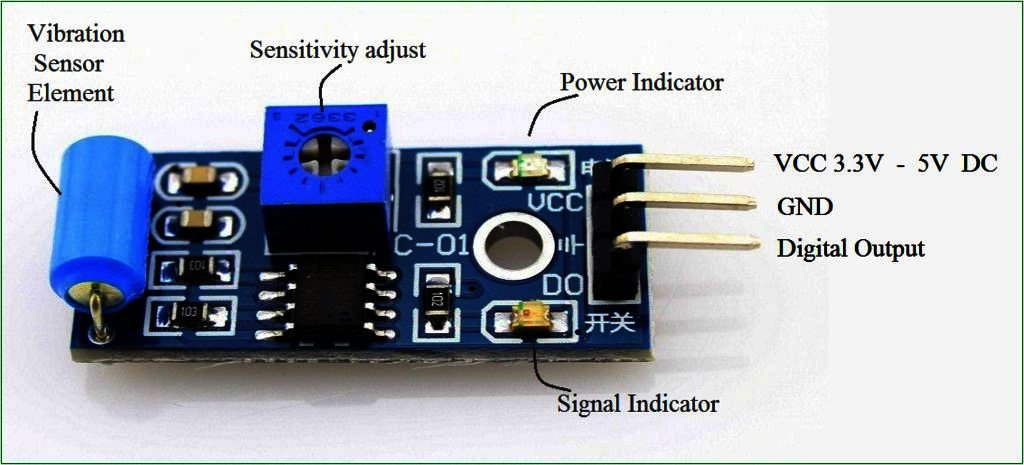Good News: Kamal Khan Dam Power House Turbines Complete, Energy Generation Begins to Power the Population
We are thrilled to announce a momentous achievement in the energy sector—the completion of the turbine installation at the Kamal Khan Dam Power House! With great delight, we share the news that energy generation has commenced, and this significant milestone marks a new era of power supply for the population.
The Kamal Khan Dam, a monumental infrastructure project aimed at harnessing the immense hydroelectric potential of the region, has reached a major milestone with the successful installation and commissioning of its power house turbines. These turbines, meticulously designed and engineered to harness the power of water, are now in full operation, converting the force of the flowing river into clean and sustainable electricity.
With this momentous development, the Kamal Khan Dam Power House is now generating a substantial amount of electricity, which will directly benefit the local population. The reliable and renewable energy generated by the dam will play a crucial role in meeting the growing power demands of the region, fueling economic growth, and improving the quality of life for residents.
The commencement of energy generation from the Kamal Khan Dam Power House signifies a transformative shift towards sustainable energy sources and reduces dependence on fossil fuels. By harnessing the power of water, this hydroelectric facility will significantly contribute to mitigating carbon emissions, promoting environmental preservation, and combating climate change.
The power generated from the Kamal Khan Dam will be distributed through an extensive grid network, ensuring that homes, businesses, schools, and hospitals receive a steady and reliable supply of electricity. This development will not only enhance the living standards of the local population but also attract investments, create job opportunities, and stimulate economic growth in the surrounding areas.
We commend the dedicated efforts of the engineers, technicians, and workers who have worked tirelessly to make this achievement possible. Their expertise, perseverance, and commitment to excellence have transformed the vision of the Kamal Khan Dam into a reality, bringing sustainable energy and progress to the region.
This landmark accomplishment in the energy sector brings us closer to a brighter and greener future. The Kamal Khan Dam Power House turbines are now generating power, lighting up homes, businesses, and lives. With this clean energy source, we are paving the way for a sustainable and prosperous future for generations to come.












